Is Your Car Model Driving Up Your Insurance Premium?
Car insurance rates vary by make and model. Find out if your car is raising or lowering your premium.


If you're in the market to buy a car, you might want to doublecheck the make and model you’re considering before you sign the paperwork. If you don’t, your car insurance premium could suffer.
Average car insurance rates have been rising across the board. According to Bankrate, the cost of car insurance is up nearly 12% in 2025, averaging $2,671 per year for full coverage — or $806 per year for minimum coverage — as of October. But some makes and models are more expensive to insure than others.
If you're trying to save money on a new car this year, choose one of the cheapest cars to insure — or at least avoid the makes and models with the highest car insurance rates. If you want a more precise estimate of how much it might cost to insure your dream car, use the car insurance tool below, powered by Bankrate, to compare quotes:
From just $107.88 $24.99 for Kiplinger Personal Finance
Be a smarter, better informed investor.
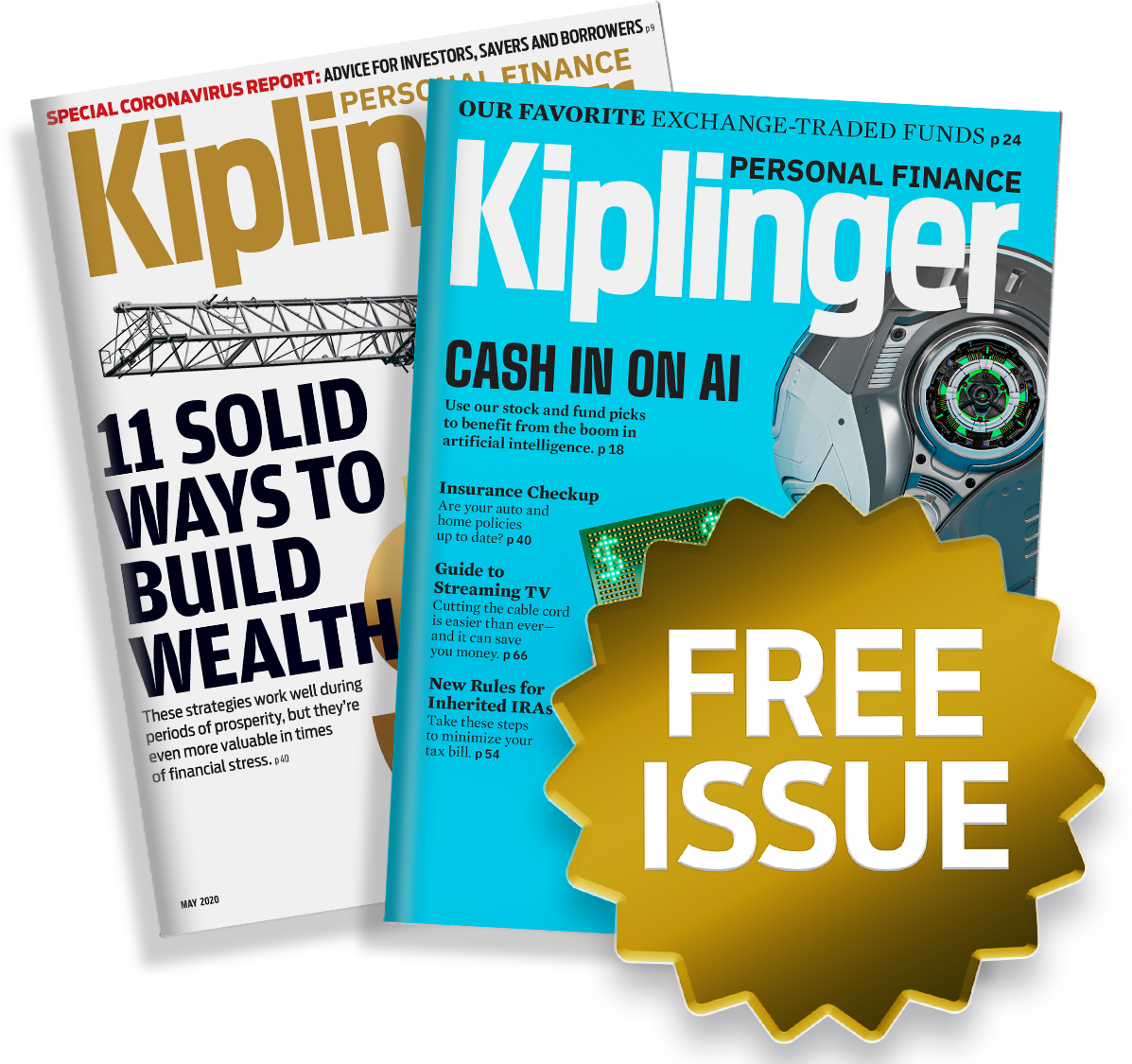
Sign up for Kiplinger’s Free Newsletters
Profit and prosper with the best of expert advice on investing, taxes, retirement, personal finance and more - straight to your e-mail.
Profit and prosper with the best of expert advice - straight to your e-mail.
The Five Cheapest Cars to Insure
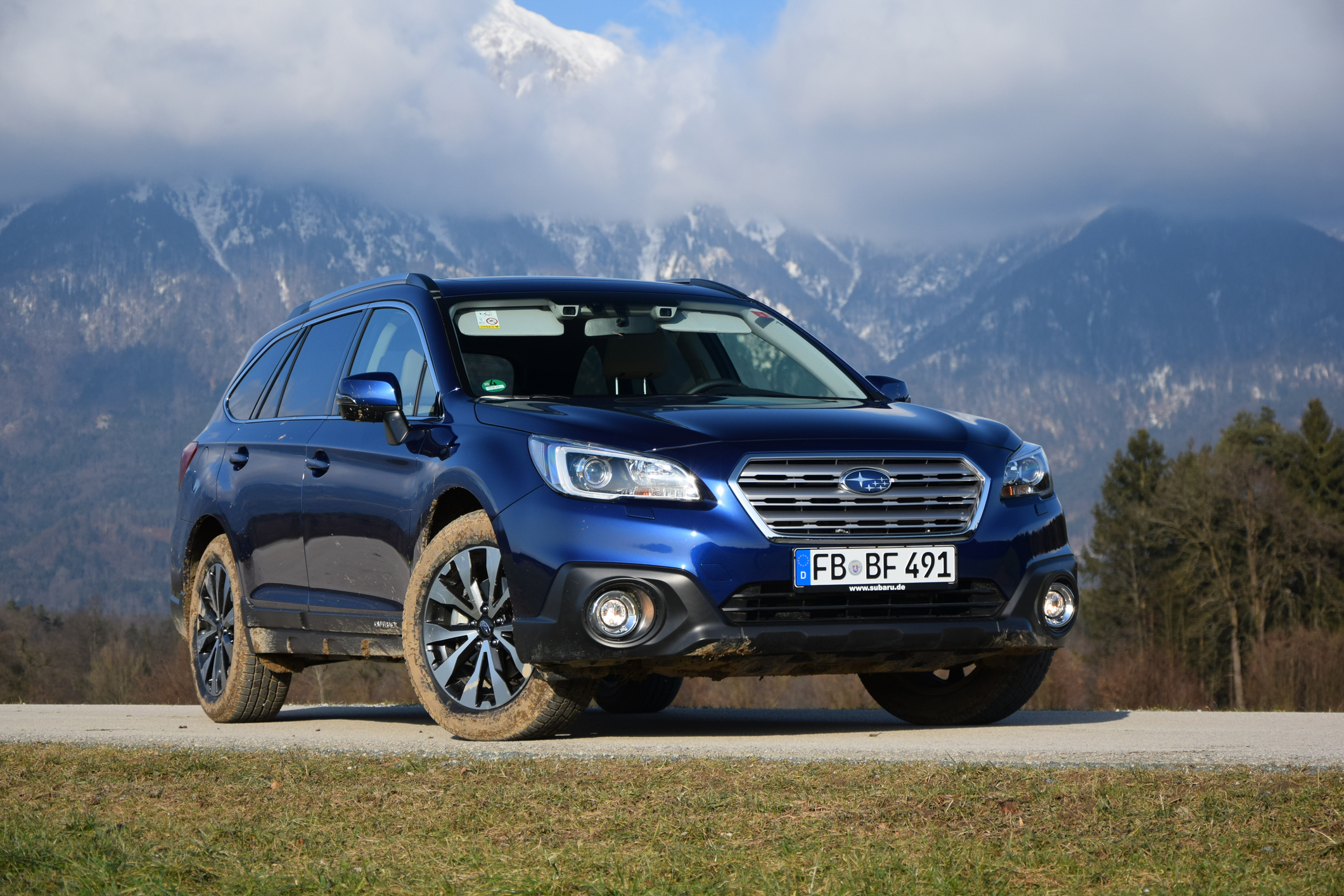
These are the five models with the lowest average car insurance rates in 2025, according to Bankrate:
| Row 0 - Cell 0 | Average Annual Premium for Full Coverage |
Subaru Outback | $2,223 |
Honda CR-V | $2,251 |
Jeep Wrangler | $2,371 |
Toyota Tacoma | $2,374 |
Toyota RAV4 | $2,391 |
Typically, any Subaru model will be among the cheapest cars to insure, because Subarus regularly earn some of the highest safety ratings. Models such as the Outback or Forealso ter are also usually cheaper to repair.
Hondas and Toyotas tend to hover at the lower end of the premium spectrum. Both makes are often cheaper to repair compared to others.
Ford and Chevrolet models often see car insurance premiums right around the national average.
The Five Most Expensive Cars to Insure
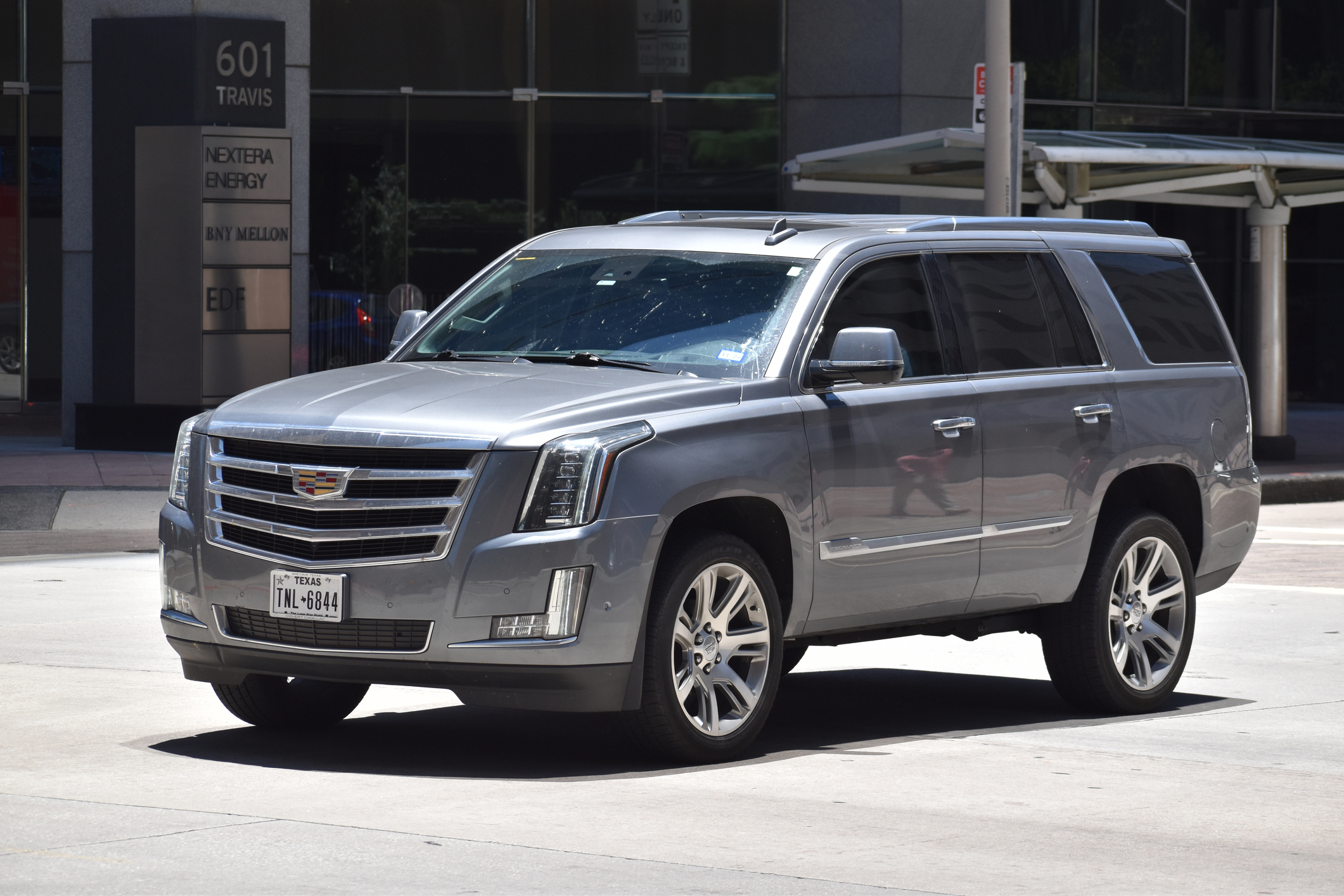
Here are the five models that carry the highest average car insurance rates, according to Bankrate:
| Row 0 - Cell 0 | Average Annual Premium for Full Coverage |
Audi R8 Quattro Performance | $6,656 |
Tesla Model X | $5,568 |
Tesla Model S Plaid | $5,522 |
Dodge Charger | $4,929 |
Lexus RC F | $4,584 |
The common themes among the most expensive cars to insure are high-end trim levels, luxury models or cars with expensive specialty parts. Even when you remove premium models and trims such as those listed above from the running, the list of most expensive cars still features many of the same makes.
For example, even the standard Tesla Model 3 costs $3,531 per year to insure, on average. That's more than 32% higher than the $2,671 national average. Standard Audis will also often come with an above average insurance premium.
LiMu Emu & Doug™ are on a mission to customize your insurance so you only pay for what you need. It only takes minutes to see how much you could save.
<p><a href="https://www.myfinance.com/reporting/32358519/?mf_utm_campaign=kiplinger-limu-link&sub_id=hawk-custom-tracking" target="_blank"><strong>View Offers<p><em>*Based on Liberty Mutual Online Mystery Shopper Survey, December 2021Other ways your car impacts your car insurance rates
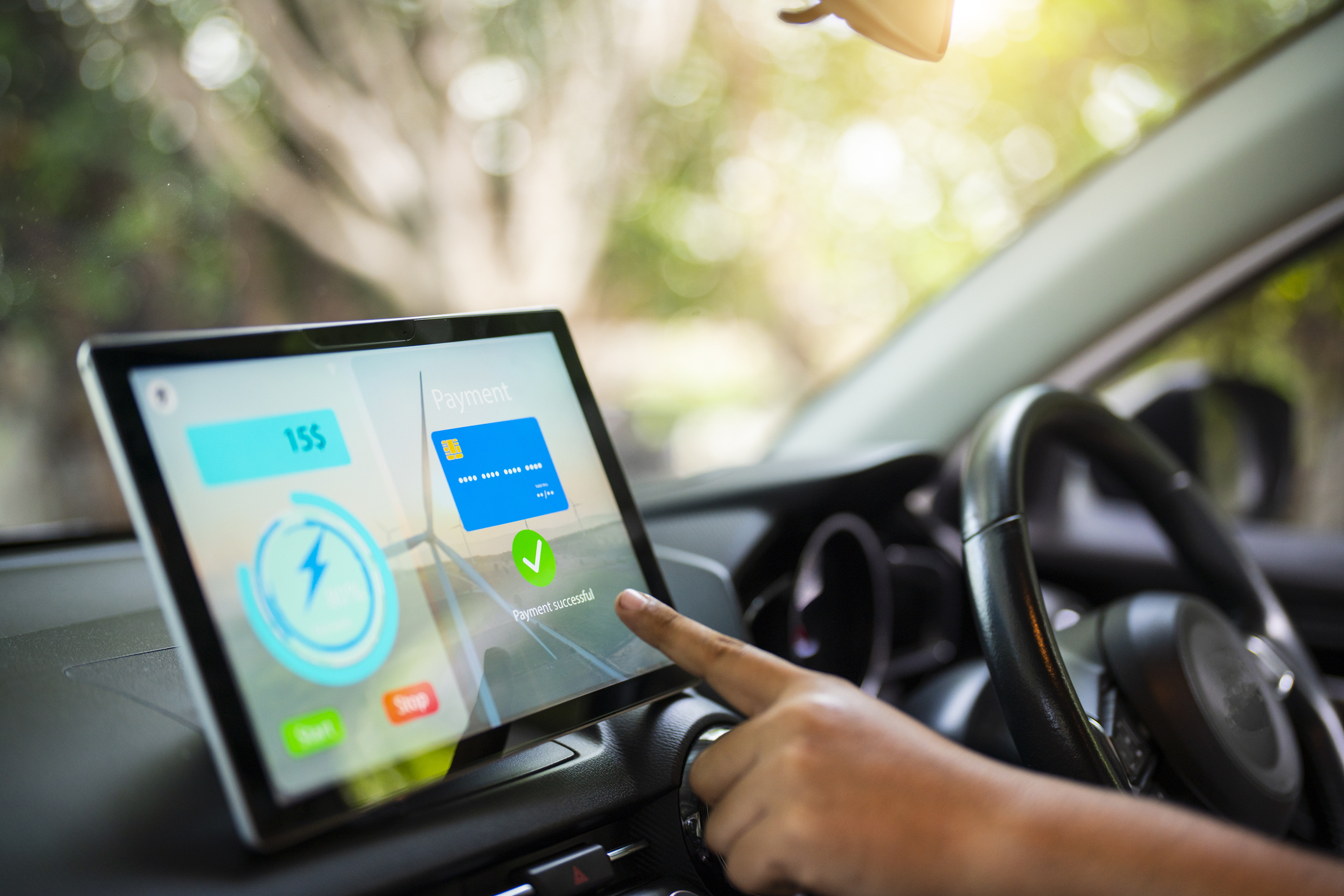
The make and model influence your premium, but that’s not the only way the car you drive can change the insurance rate you pay.
Other factors about your car that insurance companies often use to determine your rate include:
- Vehicle age: The older your car is, the more its value has depreciated. Since the maximum an insurer will pay out for a car is its current market value, your premiums tend to go down along with your car’s value, one more reason to buy a certified pre-owned car. You’ll pay less on the car itself, and buying something that’s already a couple of years old could help push your premium down.
- Body style and trim: If your car is a coupe or convertible, expect to pay a little more for insurance. The same goes for sport or luxury trims. The cheapest style and trim to insure? SUVs and trucks with standard trim. This mostly comes down to the car’s value and the cost to repair it. Lower-cost cars that are cheaper to repair are also cheaper to insure.
- Technology and features: The advanced features showing up on newer cars are impressive, but they also tend to be more complex and made up of expensive-to-replace components. A backup camera alone isn’t going to make or break your insurance budget, but it’s worth thinking about any upgrades you’re considering in a new car. Is that advanced feature worth paying a little extra on your insurance each month? If it’s a safety feature, probably. If it’s heated seats and you live in Florida, maybe not.
- Safety rating: Every year, most vehicles are given a safety rating by organizations such as the National Highway Traffic Safety Administration (NHTSA). The NHTSA rating system is a 5-star system, in which more stars mean a safer car. Cars with a higher safety rating have a lower risk of injuring the driver and other occupants, which can translate to a lower insurance rate. You can look up the NHTSA rating of your car to see how many stars it’s earned.
Bottom line
If you’re in the market for a new car this year, make sure to factor in the average cost of insuring the make and model you want to buy.
If your dream car is among the most expensive to insure, consider buying a certified pre-owned vehicle, as older cars tend to cost less to insure.
If that’s not an option, you might need to look for other ways to save on car insurance if you’re trying to keep costs down.
Related content
Profit and prosper with the best of Kiplinger's advice on investing, taxes, retirement, personal finance and much more. Delivered daily. Enter your email in the box and click Sign Me Up.

Rachael Green is a personal finance eCommerce writer specializing in insurance, travel, and credit cards. Before joining Kiplinger in 2025, she wrote blogs and whitepapers for financial advisors and reported on everything from the latest business news and investing trends to the best shopping deals. Her bylines have appeared in Benzinga, CBS News, Travel + Leisure, Bustle, and numerous other publications. A former digital nomad, Rachael lived in Lund, Vienna, and New York before settling down in Atlanta. She’s eager to share her tips for finding the best travel deals and navigating the logistics of managing money while living abroad. When she’s not researching the latest insurance trends or sharing the best credit card reward hacks, Rachael can be found traveling or working in her garden.
-
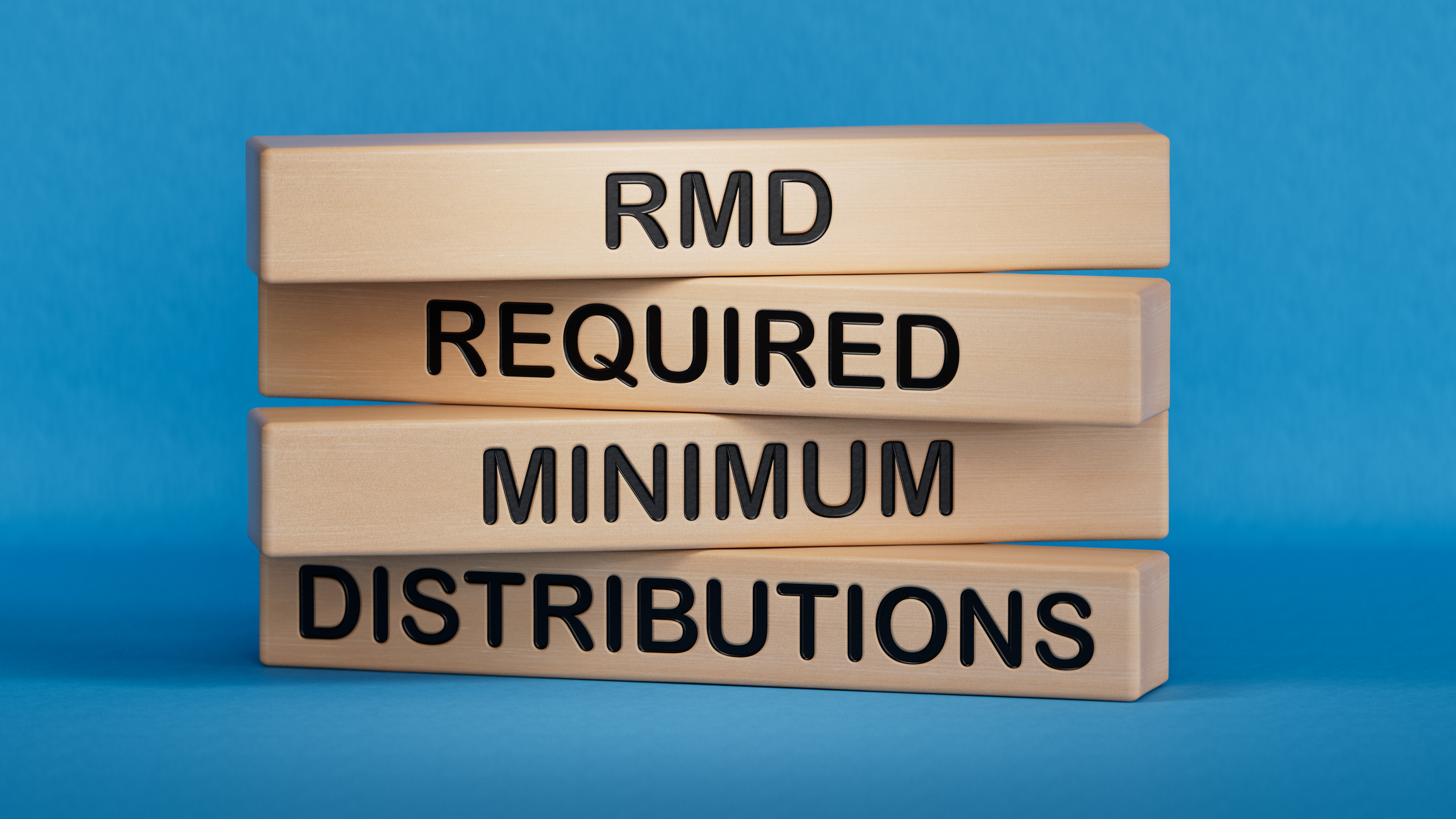 New RMD Rules: Can You Pass This Retirement Distributions Tax Quiz?
New RMD Rules: Can You Pass This Retirement Distributions Tax Quiz?Quiz Take our RMD quiz to test your retirement tax knowledge. Learn about RMD rules, IRS deadlines, and tax penalties that could shrink your savings.
-
 I'm 61 and need $50,000 for home repairs. Should I borrow given today's rates or take a withdrawal from my $950,000 401(k)?
I'm 61 and need $50,000 for home repairs. Should I borrow given today's rates or take a withdrawal from my $950,000 401(k)?We asked financial experts for advice.
-
 I Need to Free Up $1,000 in My Monthly Budget, and I've Already Given Up Starbucks and Dining Out. What Else Can I Do?
I Need to Free Up $1,000 in My Monthly Budget, and I've Already Given Up Starbucks and Dining Out. What Else Can I Do?Here are some creative ways to save up to $1,000 a month, even if you feel like you've already made all of the obvious cuts.
-
 I Just Paid Off My Car. Can I Downgrade My Car Insurance Now?
I Just Paid Off My Car. Can I Downgrade My Car Insurance Now?You've gotten rid of that car payment. Can you save even more by downgrading your car insurance? Here's what to consider.
-
 What Is the 1% Deductible Rule in Home Insurance?
What Is the 1% Deductible Rule in Home Insurance?You could be overpaying for home insurance if your deductible is too low. But going too high can be just as risky. That's where the 1% deductible rule comes in.
-
 How to Protect Your Home From Keyless Break-ins
How to Protect Your Home From Keyless Break-insWhile smart locks enhance home security, skilled intruders may bypass them. Here's how to strengthen your defenses.
-
 You Retired and Stopped Commuting. How Do You Lower Car Insurance Costs?
You Retired and Stopped Commuting. How Do You Lower Car Insurance Costs?Retiring usually means cutting out that daily commute which could make you less risky to insure. Does that mean your car insurance costs will drop? Here's what you need to know.
-
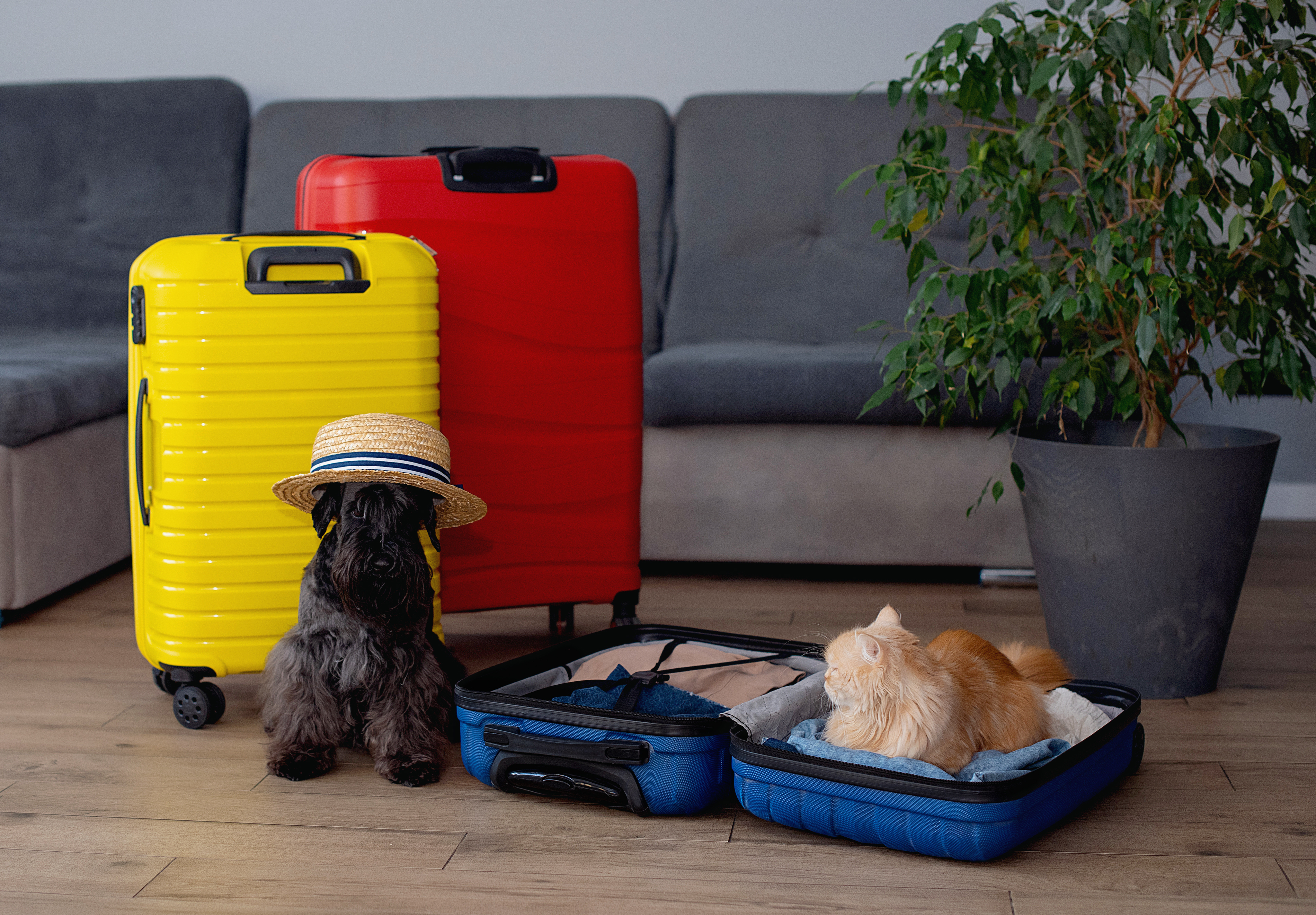 How to Prevent an Emergency When Flying With Your Pet
How to Prevent an Emergency When Flying With Your PetMore and more pet owners are including their pets in their travel plans. Here's how to do that safely and with as little stress as possible.
-
 A Nasty Surprise Awaits Snowbirds: Thousands in Unexpected Bills
A Nasty Surprise Awaits Snowbirds: Thousands in Unexpected BillsBefore leaving your home for the winter, remember to do this one thing, or else you might face an expensive repair bill upon return.
-
 Help! My Car Was Totaled. Should I Repair and Keep Driving It or Buy a New One?
Help! My Car Was Totaled. Should I Repair and Keep Driving It or Buy a New One?Does it ever make sense to keep a totaled car? Maybe, but you need to consider these factors first.
